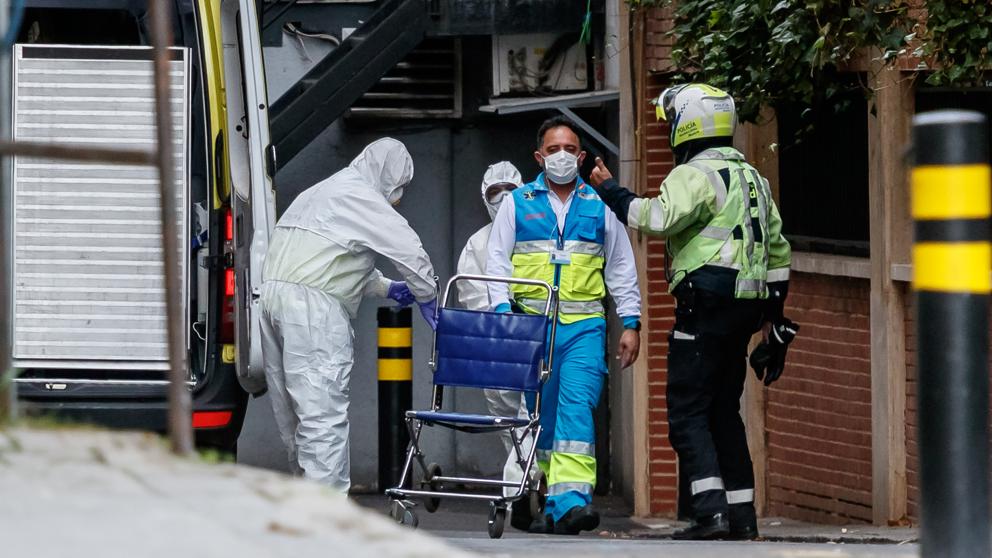Now, with over 33,000 cases and almost 2,250 deaths, the Ministry of Health say that they are still at a loss in being able to predict just how long the relentless coronavirus epidemic will last. Despite being able to call on the knowledge and advice of a multitude of experts they say that they are still a long way away from knowing just what the future might hold.
However, certain assumptions can be made using calculations that are based on the behaviour of the disease elsewhere. According to the evidence known so far, Health is working on the understanding that deaths will continue to occur for a long period, perhaps as long as two more months.
Their assessment is based on the fact that the disease caused by the coronavirus has an extraordinarily slow and complex passage. From the time the infection occurs until the symptoms develop, that is, the incubation period, it will usually take between 5 and 6 days, although it could be longer.
In China, for example, that period was 7.5 days, occasionally as many as 10. The ‘quarantine’, period then lasts two weeks, the period of time during which it is considered that the disease should be treated.
From there, the infection continues to evolve in different ways.
From that onset of symptoms to recovery, it can take just two weeks if it has been a mild attack, as would be the case with most people, but it could be from three to six weeks in severe or critical cases. The main problem associated with these long periods is the collapse of Intensive Care, the ICUs.
Currently, the pandemic in Spain is exploding, and there is still no sign of a clear ‘peak’. The Minister of Health, Salvador Illa, said last Thursday that “the hardest times are coming” and we are “getting closer” to that maximum level of people that are infected.
Sharing the same opinion is Fernando Simón who runs the Coordination Centre for Alerts and Health Emergencies. He too considers that “in the next few days the cases will continue to rise, but soon they will stabilise.” Simón stressed that “reaching that peak is the first objective” and it is hoped that “it will be in a few days.” But no one dares to say for sure, exactly when the crest of the wave might be.
Exploding
Comparing the current figures with those of subsequent days also yields a bleak scenario. It should not be forgotten that those who show their first symptoms now were infected, in all probability, last week. That is, before ordering the confinement of the population due to the state of emergency. Logically, the contagions will have been reduced since then. But, paradoxically, the confirmed cases will continue to increase in the coming days. And the growth of these cases will continue for several more days.
According to Health, the increase in cases could last up to eight weeks, in the case of fatal outcomes. However, the mathematical models indicate that the ‘peak’ of deaths will come in mid-April, and then begin to gradually decrease, at a rate yet to be determined.
In the coming days, in addition, there will be a notable increase in the registries of those infected, the result of rather more diagnostic tests as health is working to introduce rapid tests on mild cases with symptoms, something that did not happen previously.





